Punjab Unveils Rs 2.36 Lakh Crore Budget for 2025-26, Focus on Anti-Drug Drive, Education & Healthcare
Punjab Finance Minister Harpal Singh Cheema on Wednesday presented a Rs 2.36 lakh crore Budget for the financial year 2025-26, steering clear of any new taxes while focusing on tackling drug abuse, enhancing law enforcement, and strengthening the state’s health and education sectors.
While the Budget maintained the existing free bus travel scheme for women with an allocation of Rs 450 crore, it fell short of fulfilling the Aam Aadmi Party's (AAP) key poll promise of providing a monthly Rs 1,000 allowance to women. Notably, the bus scheme's actual expenditure exceeded Rs 750 crore, but no additional funds were earmarked.
Cheema highlighted fiscal prudence, asserting that the revenue and fiscal deficits are under control. However, Budget documents reveal a different picture — Punjab’s total debt is projected to rise to Rs 4.17 lakh crore by March 2026. The revenue deficit for 2025-26 stands at Rs 23,957.28 crore, or 2.51% of the Gross State Domestic Product (GSDP), which is estimated to grow by 9%.
Calling the debt a “legacy burden” from previous Congress and Akali-BJP governments, Cheema stated that no new taxes were being introduced. Instead, the government is banking on increased revenue through improved collections from GST, VAT, and excise duties, projecting a tax income of Rs 1.11 lakh crore — up by Rs 8,020 crore from the current year.
However, a significant portion of the Budget — nearly Rs 1.02 lakh crore — is committed to fixed expenditures: salaries (Rs 36,427 crore), pensions (Rs 20,750 crore), power subsidies (Rs 20,500 crore), and loan interest payments (Rs 24,995 crore). This leaves just Rs 9,067 crore for development spending. To meet overall commitments, the government plans to borrow an additional Rs 49,900 crore.
Describing the Budget as a blueprint for a “Badalda Punjab” (Transforming Punjab), Cheema announced an aggressive anti-drug strategy. This includes the state's first comprehensive drug census to assess addiction trends across households, deployment of 5,000 Home Guards to act as a second line of defence against smuggling, and the installation of anti-drone systems along vulnerable border areas.
In a bid to boost sports and community wellness, the state launched the "Khedda Punjab, Badalda Punjab" initiative, aimed at ensuring every village has a playground and gym. Highlighting a pilot project of 87 new volleyball courts in Tarn Taran, Cheema also announced the establishment of 3,000 indoor gyms and a record Rs 979 crore allocation for sports.
Special emphasis was also placed on the Scheduled Caste (SC) community, which makes up over 32% of Punjab’s population. Rs 13,987 crore — or 34% of the development Budget — was earmarked under the SC sub-plan. Additionally, a debt waiver scheme was introduced for 4,640 beneficiaries who had taken loans from the Punjab Scheduled Castes Land Development and Finance Corporation before March 2020.
Healthcare and education emerged as top priorities. The state's free health insurance scheme has been expanded to cover 65 lakh families (up from 45 lakh), with the insurance limit doubled from Rs 5 lakh to Rs 10 lakh per family. Funds have also been set aside for establishing a new medical college in Nawanshahr.
The agriculture sector received Rs 14,524 crore, including Rs 500 crore for crop diversification and the promotion of maize cultivation across 21,000 hectares. Power subsidies for farmers accounted for Rs 9,992 crore. The government also pledged support for natural farming methods, particularly in districts like Amritsar, Nawanshahr, Ropar, Hoshiarpur, and Mohali.
To boost industrial growth, the Budget allocated Rs 250 crore for incentives. Plans are in place to set up a Unity Mall in Amritsar and establish technology extension centres in six districts: Amritsar, Hoshiarpur, Jalandhar, Moga, Patiala, and Mohali.
Overall, the Budget balances welfare commitments with fiscal caution, aiming to address pressing issues like drug abuse and unemployment while managing a growing debt burden.


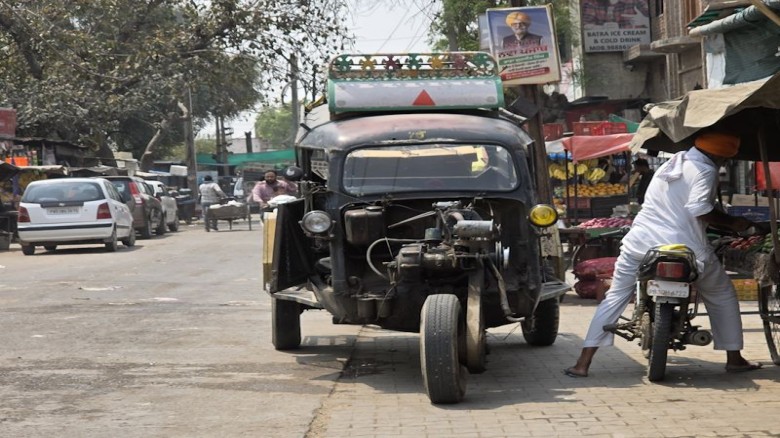

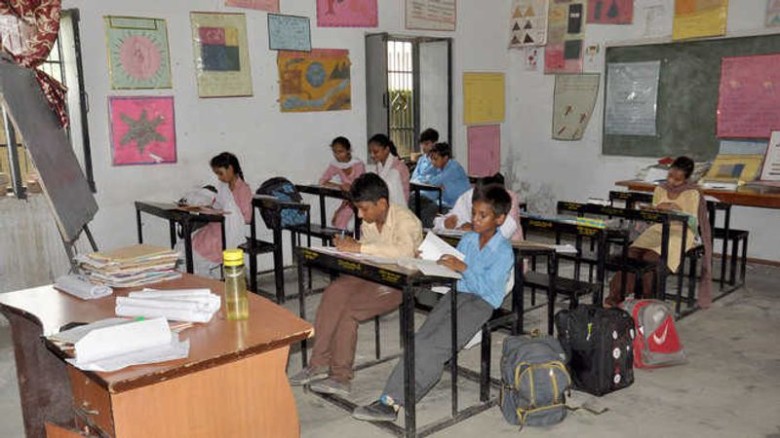
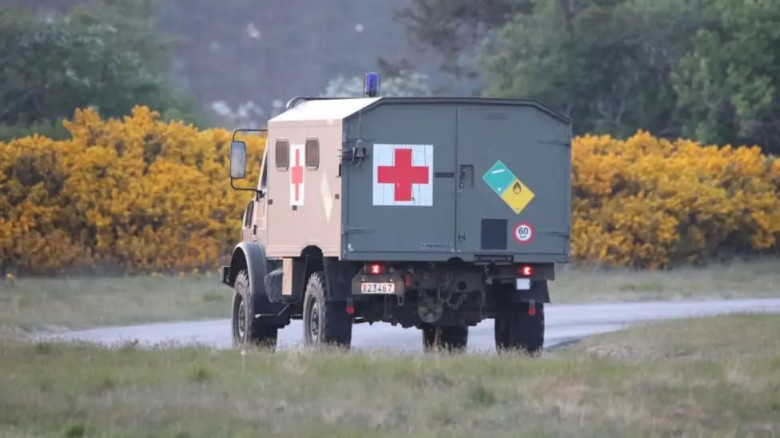


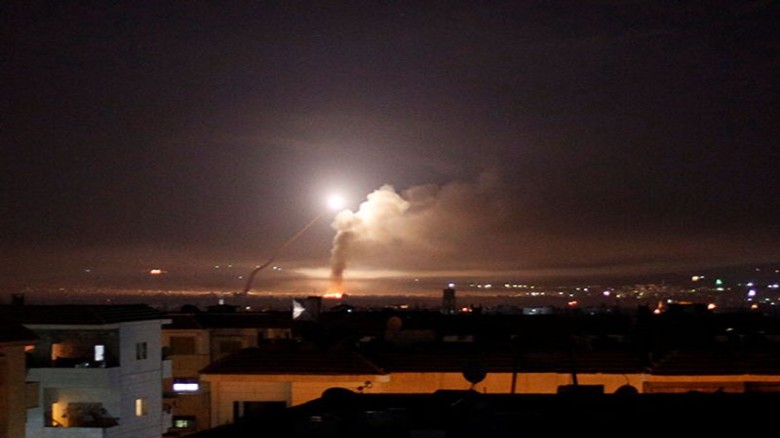










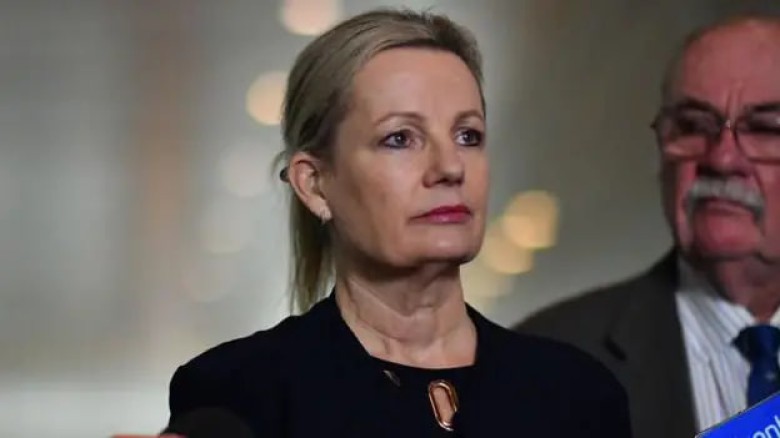

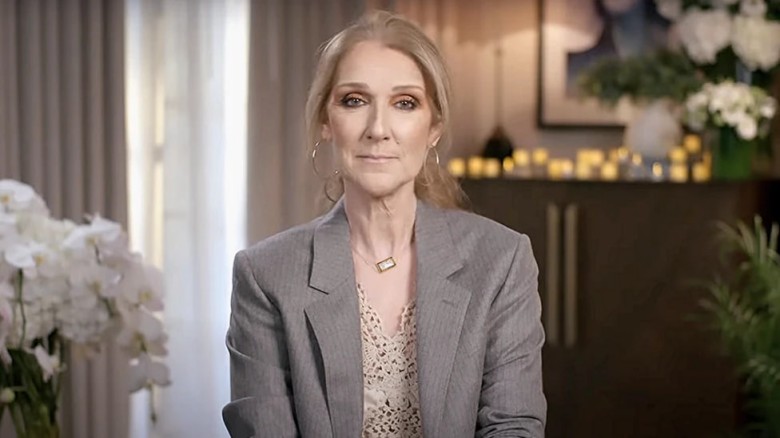




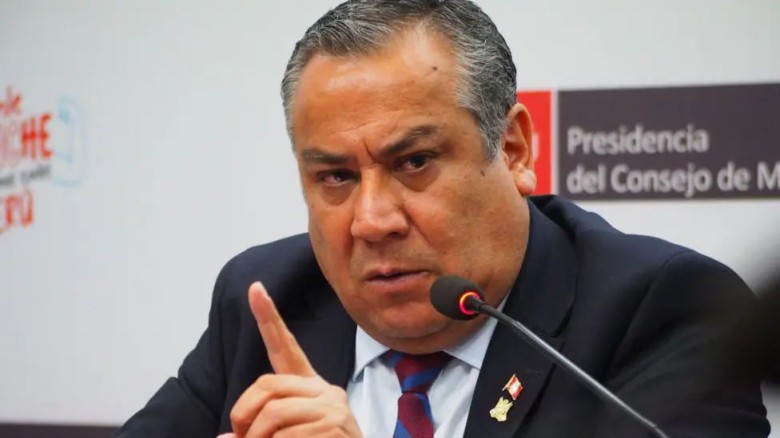

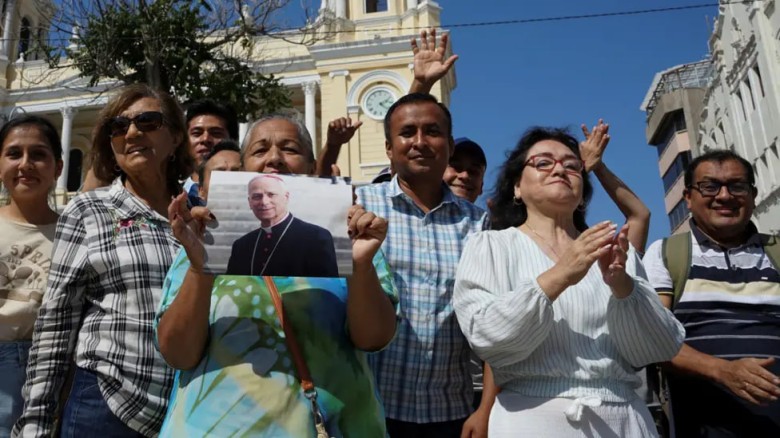


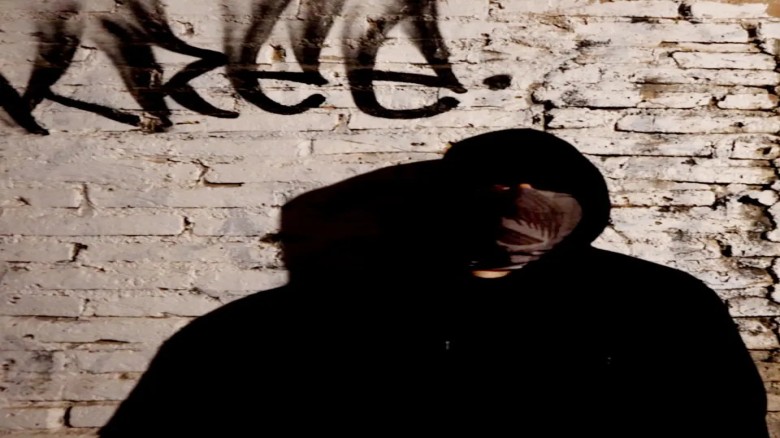
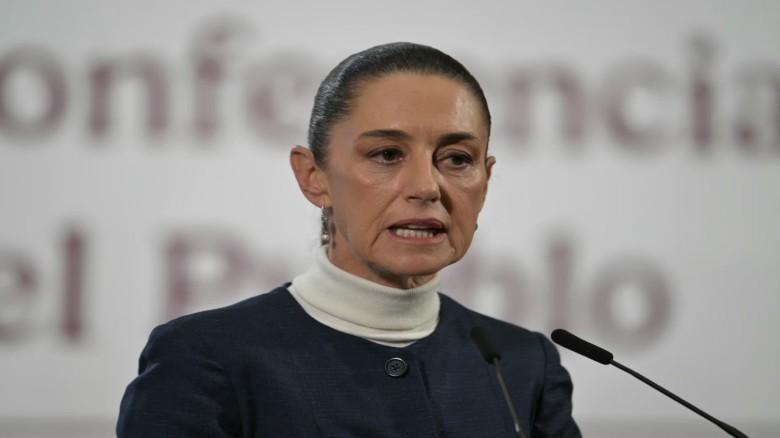
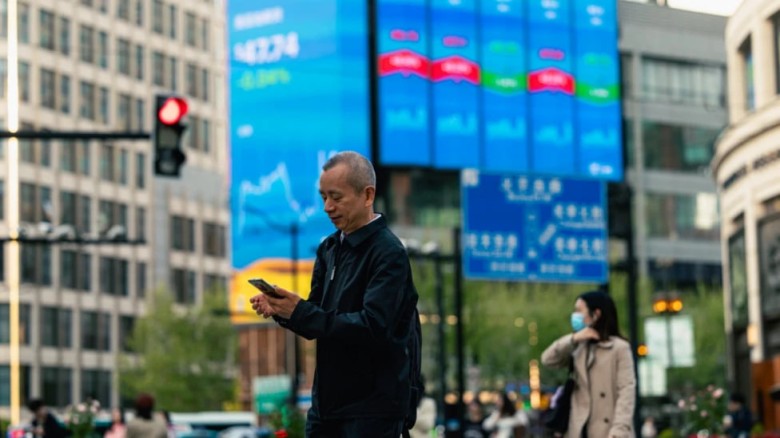

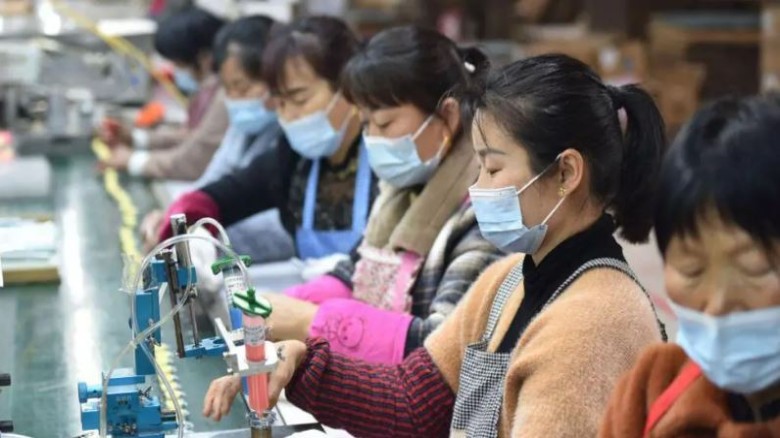



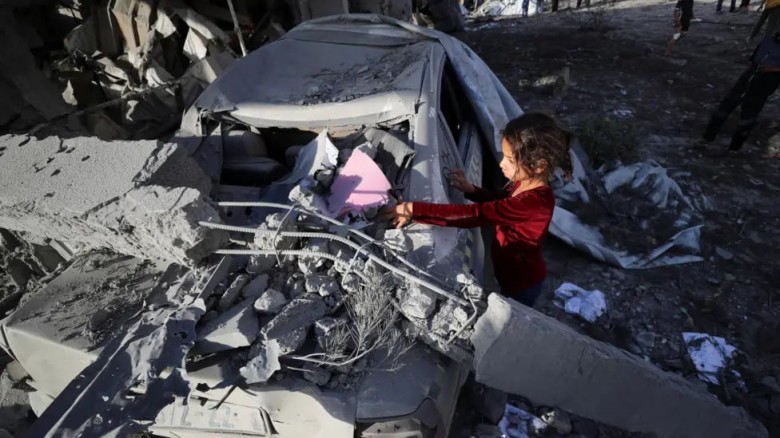
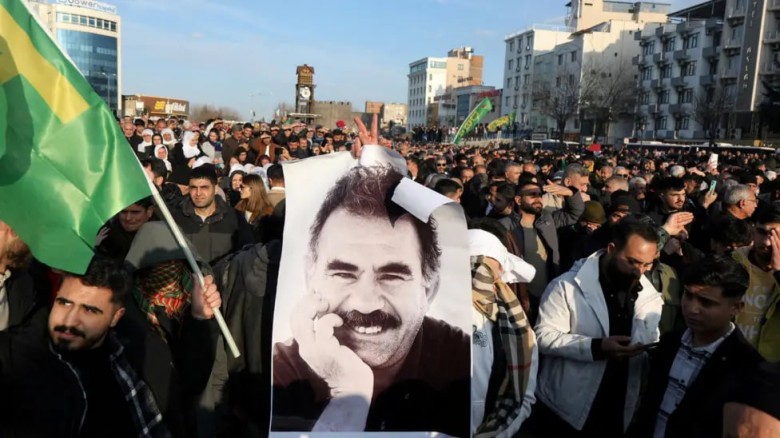
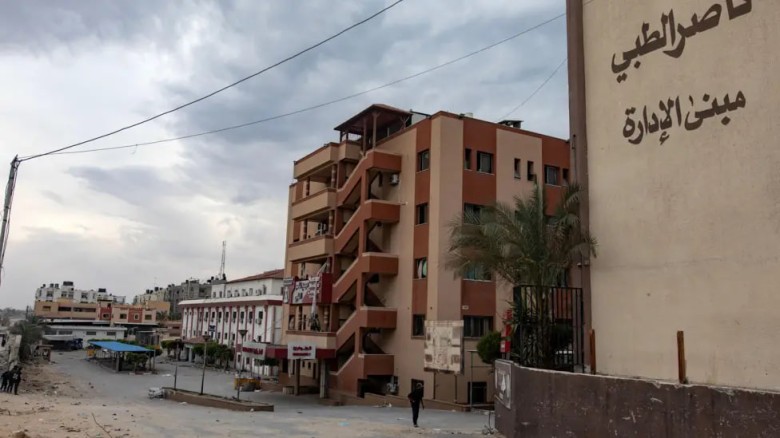
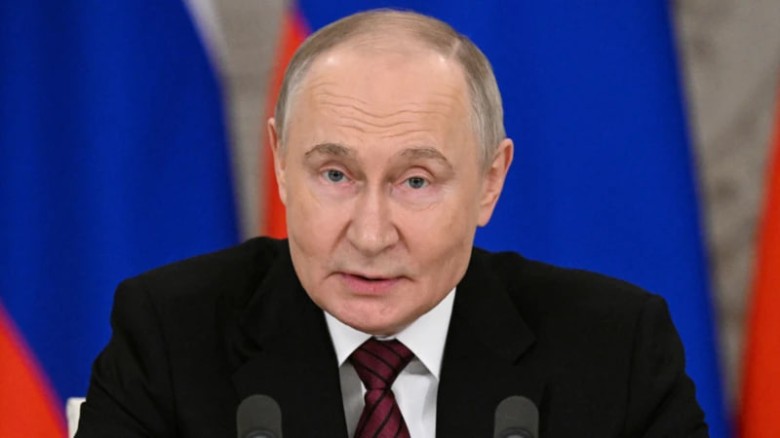



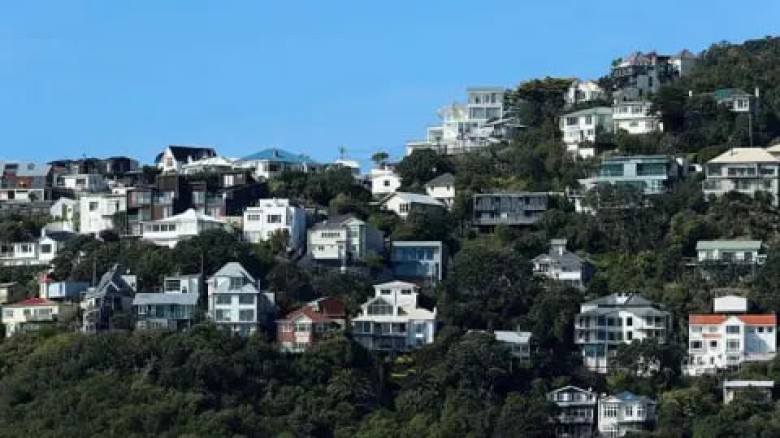


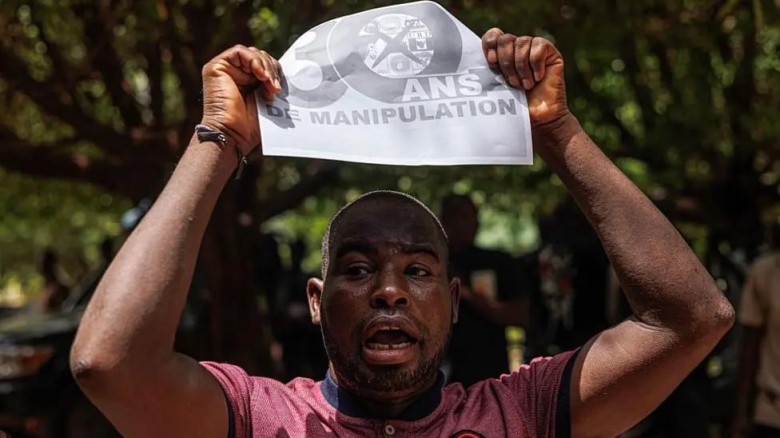
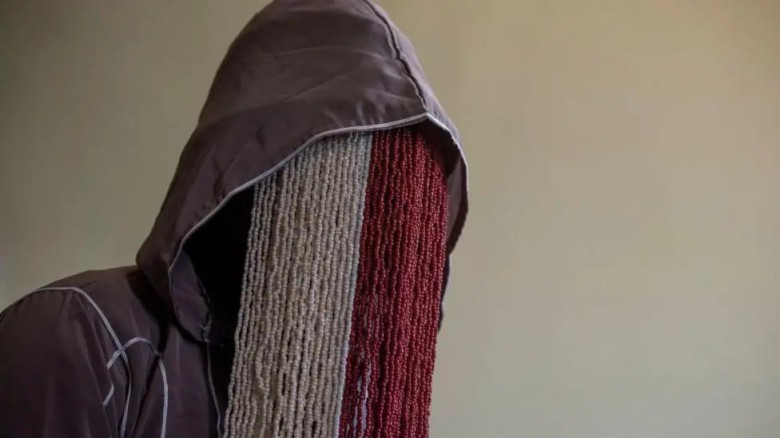


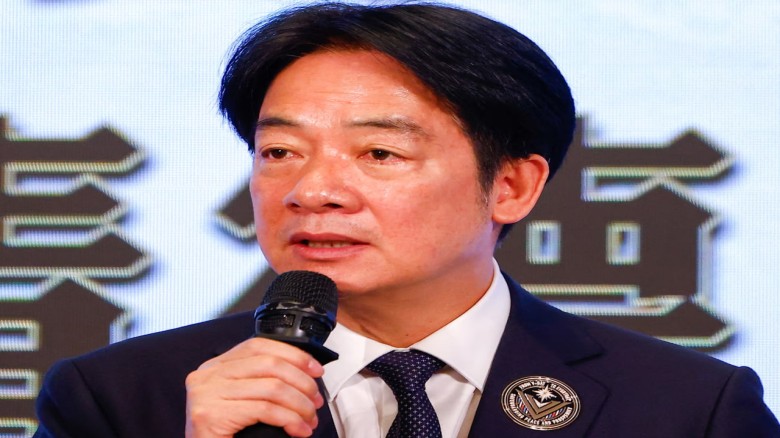


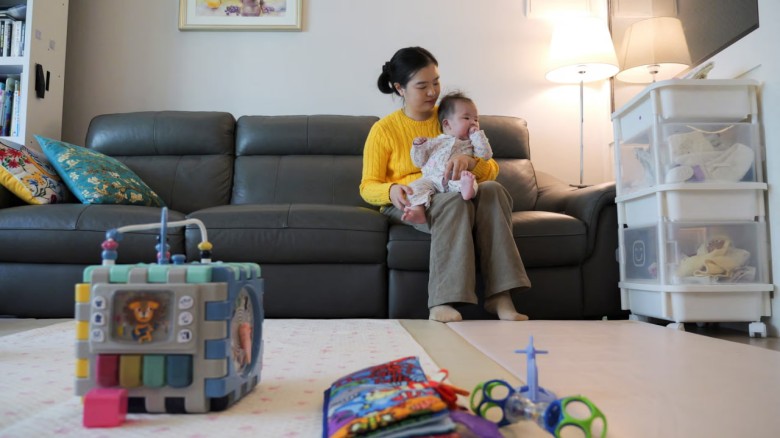
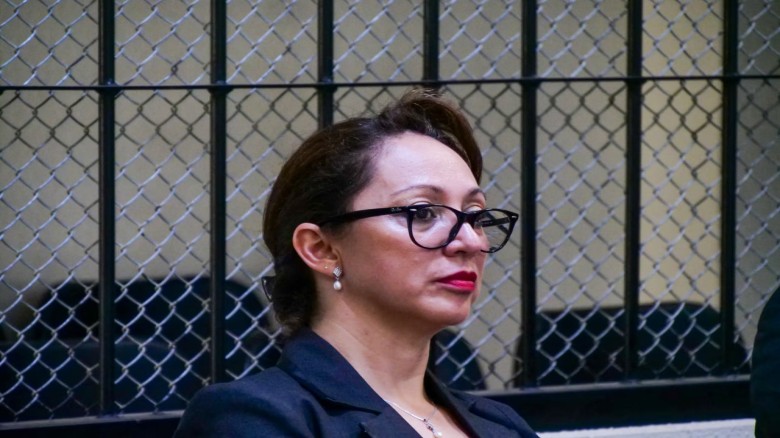

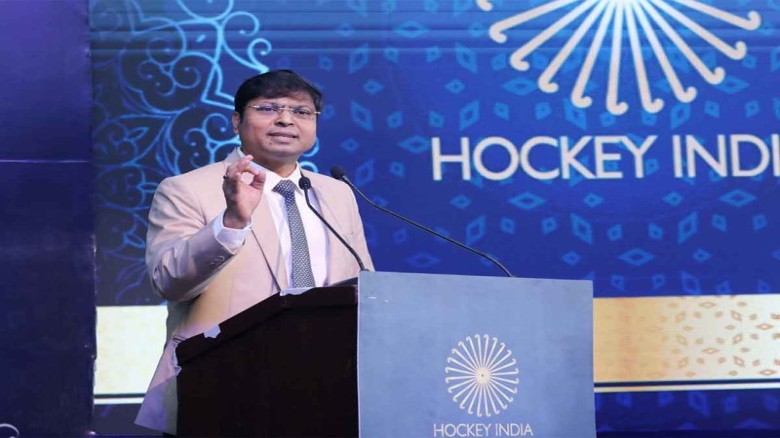













Leave A Comment